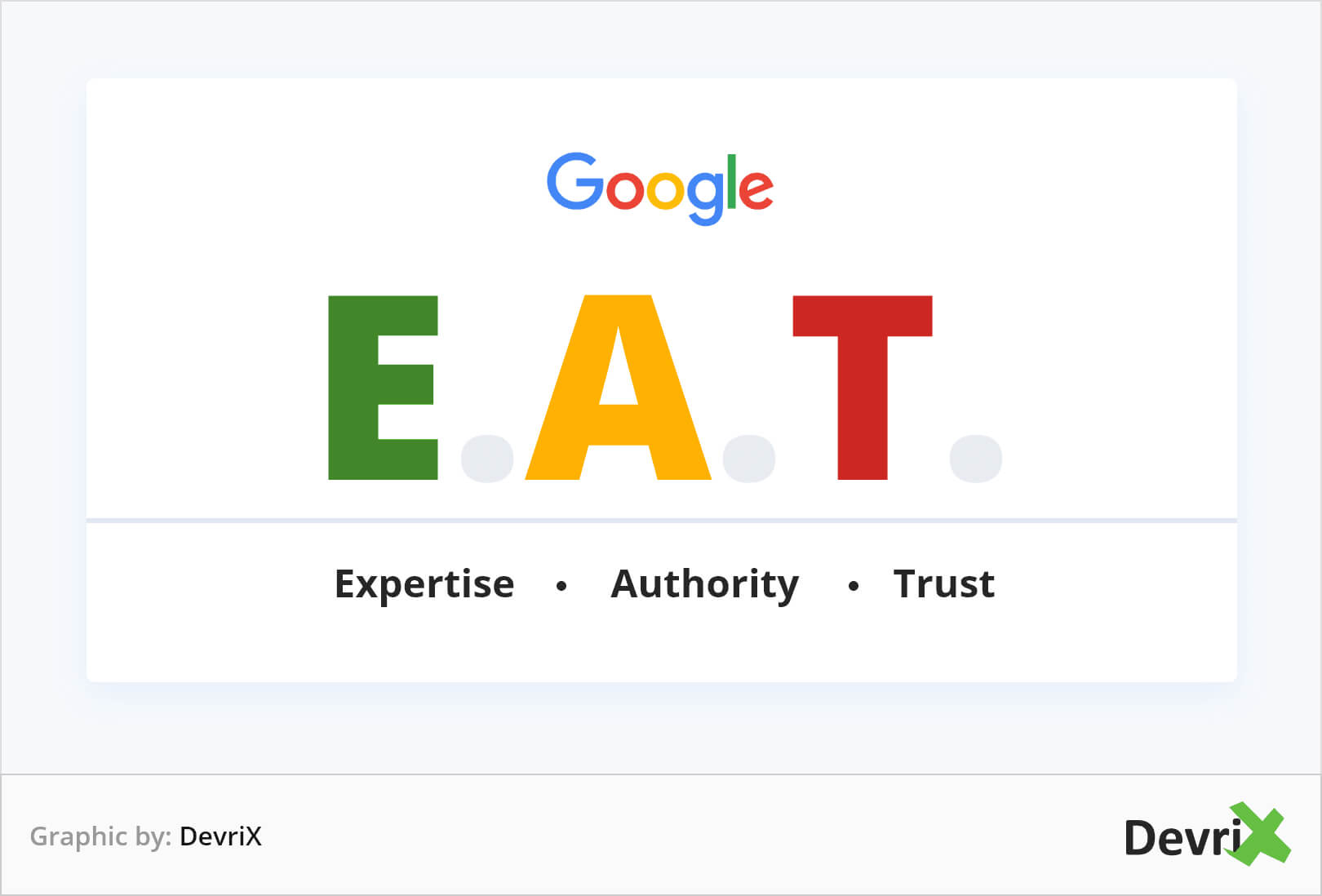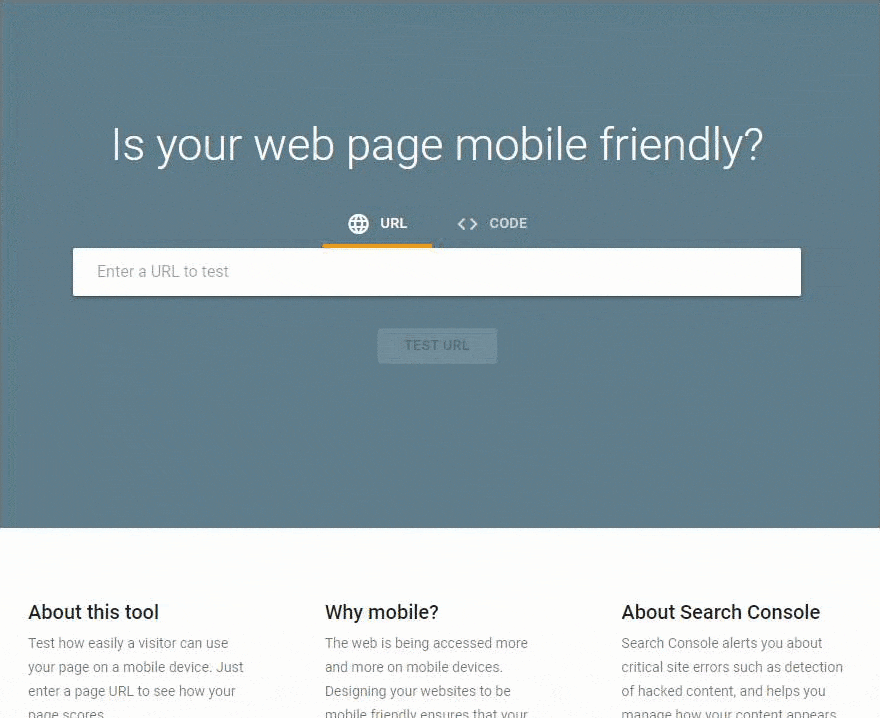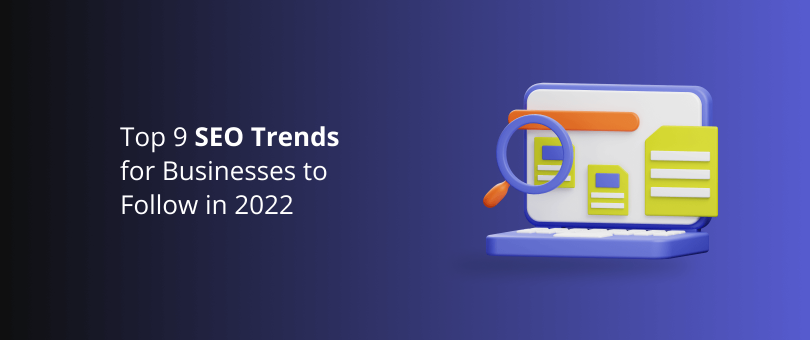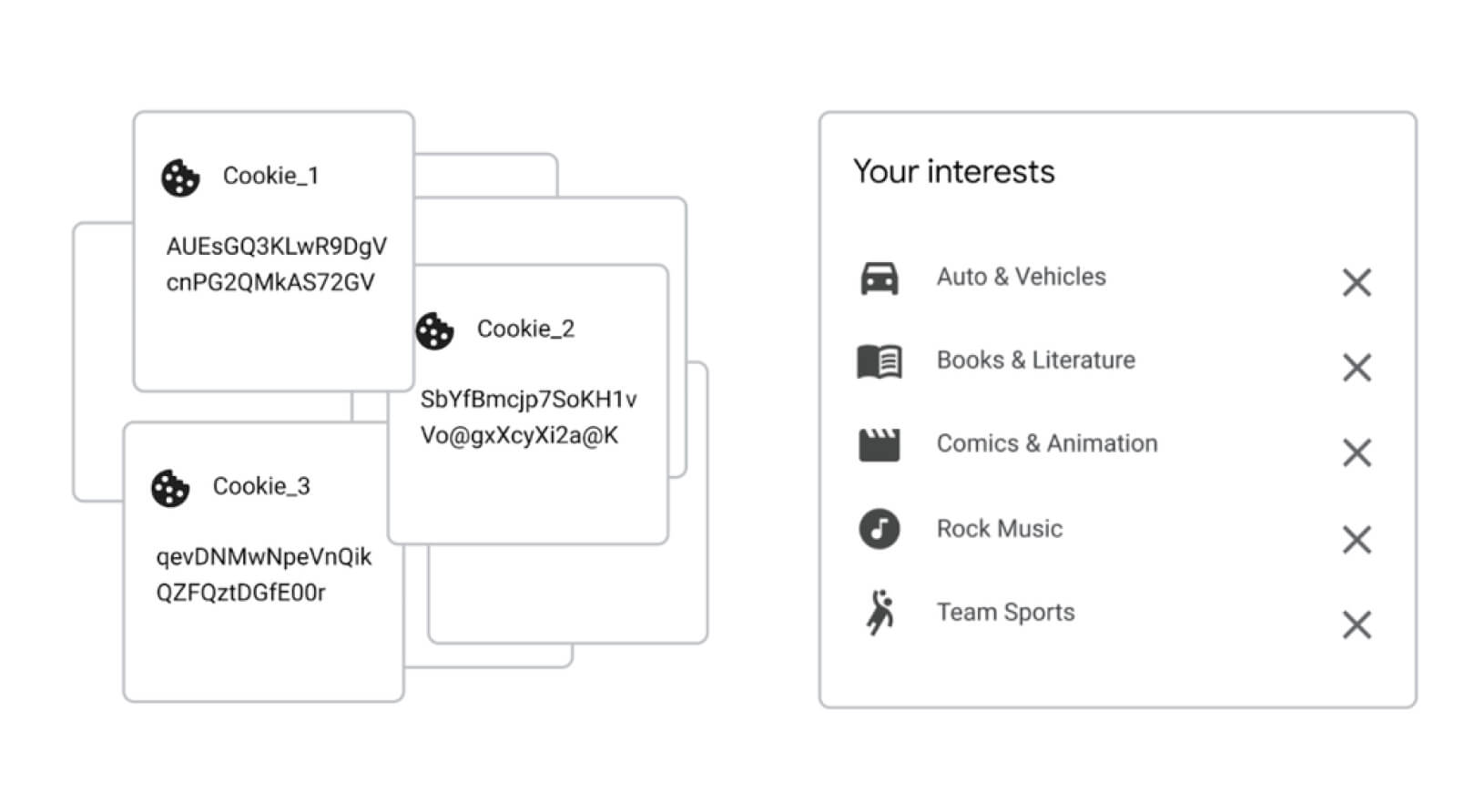2021 has been a turbulent year for businesses around the world, but in terms of technology and digital progress, it has been a push in the right direction. The surge in tech solutions development had a significant impact on digital marketing and SEO.
With the massive resources Google has been investing over the last few years in improving machine learning and building more sophisticated Artificial Intelligence, it is making user experience and content quality the centerpieces of its policy.
Moreover, user experience now is not only about satisfying one’s search intent but also about the loading speed and responsiveness of a page, its mobile-friendliness, its reliability and transparency.
Organic search is an invaluable asset for a brand’s online presence and to be among the top-ranking positions in search results, businesses need to step up their game.
Yet, the rules of the SEO world are ever-changing ones. To stay relevant experts should listen closely to what Google is saying, read between the lines, and dig deeper into data reports to decipher the new updates.
Keyword research, backlinks and data analytics remain at the center of building a successful SEO strategy in 2022. However, there is much more to be taken into account if your company wants to be in the top-ranking positions nowadays.
Read on to learn more about the top SEO trends in 2022 that can give you a place on page one for the next 12 months and beyond!
1. More Core Web Vitals to Join the Page Experience Signals
User experience remains in the center of all marketing trends in 2022.In line with this, the fact that page experience signals continue to evolve as one of Google’s ranking indicators, is not a surprise.
Core web vitals were the top SEO trend of last year – however, they aren’t old news yet. Google promised that they will keep adding new factors into the equation and will regularly introduce new core web vitals that website owners need to keep up with.
Although the original CWV were introduced back in May 2021, many website owners still haven’t come around to auditing their pages’ performance, finding the issues, and fixing them. However, for those who did and are about to, prompt actions should pay off in an improved user experience, and, hopefully, a top ranking in search results.
Google has provided a set of tools and detailed instructions to assist website owners in the process, so there cannot be any excuses for skipping website performance optimization. Furthermore, there is now a dedicated report in the Search Console to help website owners monitor and improve their website’s CWV.
What Are Core Web Vitals?

Currently, the Core Web Vitals are Loading, Interactivity, and Visual Stability.
Let’s elaborate a little. In general, the Core Web Vitals evaluate your page’s performance from a user’s point of view. The focus here is speed and technical performance alone, as there are different algorithms responsible for evaluating content quality.
Loading or Largest Contentful Paint (LCP) indicates how quickly the majority of content on your page becomes visible to the user. According to Google’s rules, scores above 2.5 seconds are considered unsatisfying.
Interactivity or First Input Delay (FID) measures how soon after the page loads content is available for user interaction. It should be less than 100 ms.
Visual Stability or Cumulative Layout Shift (CLS) checks if the elements of your page shift position while it’s loading. If different blocks of information and ad positions are not stable enough, this might lead to confusion and a user miss-clicking (which may lead to getting a 2-click penalty from Google). So, the score here should be below 0.1.
To summarize, the main goal of Core Web Vitals is to make sure a website is optimized to be fast, efficient, and save users the frustration of waiting around endlessly to interact with content. This makes them an integral part of every website’s technical SEO, and something that webmasters need to urgently take care of if they want to make it in the SERPs in 2022.
Google even plans to launch a visual badge indicating in search results which websites cover all bases, so users can have a more informed choice before clicking a link.
2. EAT Factors Are Not Reserved for YMYL Pages Alone Anymore
Now that Google is focusing on the technical side of user experience, it doesn’t mean that they will pay less attention to content quality.
Exactly the opposite. The so-called EAT ranking factors, or Expertise, Authority, and Trustworthiness, have been of great significance for Google’s website evaluation process in the last few years. However, now they are considered to be one of the most important factors.
Around the end of 2021, Google updated their Page Quality Rater Guidelines with a focus on what defines low quality and harmful pages, and how to better understand online reputation. You can find a detailed analysis of the changes here.
So in 2022, in terms of SEO, this means that the website’s reputation, as well as that of the person who created the content is vital. Together with the quality, intent, and accuracy of the content, this defines how a page is seen and judged by search engines.
To make sure that their pages make it to the top positions in the SERPs, website owners need to ensure that they meet Google’s standards.

Google has been working hard on their machine learning technology and has been going to lengths to ensure the precision of search results and quality of user experience online. This leads us to believe that it won’t be long before AI gets even more advanced and accurate in the quality assessment of a page’s content.
As before, EAT factors will be most crucial for pages dealing with legal, financial, medical, and tax information, also known as “Your Money or Your Life” (YMYL) pages. Those are sensitive topics where real-life consequences are at play and Google cannot afford to take them lightly. To be shown in related search results, the content of pages related to these industries has to be written by qualified experts. At the same time, the websites publishing the information need to have quality backlinks, proving their reliability, and brands have to showcase authenticity and legitimacy.
Outside the YMYL circles, the rules still apply but with certain modifications to fit different business profiles and industry specifics.
It’s a broad topic but, in a nutshell, if you publish content written by experts who know their stuff, have an immaculate online reputation in your industry, and run a transparent business, you should be on the safe side.
3. Mobile-First Index Is Now the Norm
When optimizing website content for Google search, it’s okay if you sideline desktop in 2022.
Google’s Mobile-First Index is not news, but from this year it has become the universal rule. Bots now prioritize indexing the mobile versions of websites and search page results display only content available there. However, if you also have a stand-alone desktop version, and that’s the kind of device the user is performing the search on, the search engine will serve it, and not the mobile one.
That said, businesses whose websites are desktop optimized only have to be quick to implement changes otherwise their content may not be visible on the SERPs and they may lose all organic search results.
For WordPress (WP) users, the prognosis is good, as most WP themes have responsive design and do not require designing a separate mobile version of the website.
Every website owner, however, needs to check if their theme is a responsive one, as this might not be the case with some older themes. An update with a more recent version should fix the issue. However, if there isn’t one available and you do not wish to switch your theme over to a new responsive one, make sure to install a plugin to create a mobile version of your website.
To help businesses find out if their websites are mobile-friendly, and fix issues in a timely manner, Google has set up a mobile-friendliness check-up tool you can find here.

Aside from that, Google has provided detailed guidelines on how to optimize your website for mobile-first indexing, and make sure you provide a top-notch user experience on smart devices in 2022.
4. Local SEO Is More Important Than Ever
If your business has an offline location, optimizing for local SEO is always a good idea. Also, since our society has been undergoing continuous lockdowns in almost every part of the world for more than two years now, local and “near me” searches have been on the rise.
It’s not only that people are stuck in one place and need to shop locally. It’s more about communities that are willing to support their local businesses and help them survive the crisis.
Although everyone has been forced to do more online shopping than ever before, people prefer to check their near-by stores and service providers, and lend a hand in these uncertain times.
This makes a well-optimized Google My Business listing with accurate information vital under the circumstances. It allows customers to check for recent updates, working-time alterations, browse products, and find contacts for further information.
In the meantime, Google is going the extra mile to support small local businesses offering free tools to build a digital presence and grow starting companies. They also make it easier for customers to find local stores online, with the “nearby” filter on the shopping tab.
5. A Strong Digital Presence Is a Must
While working on your SEO strategy is part of building a digital presence, in order for your content to get noticed by Google (and other search engines for that matter) you need to have a strong overall digital presence. This includes:
- A regularly updated well-functioning website.
- Social media profiles and activity.
- Relevant directory listings.
- Positive reviews on third-party review platforms.
- Brand mentions.
- Industry recognition.
- Overall positive reputation, etc.
The reason why these matter even more in 2022, is because nowadays the internet is flooded with websites and information covering mostly similar topics. Google needs to be able to assess them properly in order to provide the best possible results from legitimate sources. However, as mentioned in the section about EAT, to that end, it needs to be able to establish your legitimacy and trustworthiness.
A company people know, talk about, and have something good to say about is always a safer choice than a business you know nothing about. Building a strong digital presence shows both search engines and users that your brand is real, legitimate, and verified.
For the many brands forced by the pandemic to start their digital transformation journey, this may be very difficult, as it doesn’t happen overnight and requires consistency, proactive measures, and effort. However, it’s not impossible and it is, indeed, worth it both for the sake of SEO success and winning the customer’s trust.
6. Passage-Results Are Now a Thing
Google is now ranking not only pages as a whole but excerpts of content as well.
Bots crawling a page will be digging deeper than just what an article is about, and will mark up the meaning of every passage of text.
This way when a user searches for a specific keyword the search engine will be able to provide an answer or definition extracted from any relevant article the bots have crawled, and not just the ones covering the topic alone.
Structured data and well-organized blog posts make it easier for bots to crawl and understand information. Providing clearly comprehensible headings and subheadings and putting article information in a logical order is now a predisposition for a better experience for both humans and bots.
This means that, in 2022, longform content will provide even more advantages and ranking opportunities for companies. Articles and blog posts that provide comprehensive information about topics usually cover relevant subtopics along with the main one. So, thanks to passage indexing, these will increase the page’s chances to rank in various searches and not only the ones focusing on the main keyword.
Optimizing for passages will provide more opportunities for your content to shine and will increase the visibility of your page in organic results.
7. Image Search Is Evolving
With Google Lens hitting a benchmark of 500-million installs, and millennials craving a faster development of the technology, it’s safe to say that visual searches will still be on the rise this year.
Furthermore, now that machine learning is advancing and spreading throughout all aspects of our lives we can expect the technology to undergo rapid development and become even more accurate and useful.
As we all know now, Google bots are learning to crawl images and this provides exciting new opportunities for content optimization. Tagging different objects on visuals with metadata will help the bots recognize them and display them in the results to relevant searches. The more meta-descriptions and tags an image has, the better its chances of getting featured become.
This has the potential to become especially profitable for eCommerce websites and brands that have tapped into social commerce, although it has advantages for all businesses managing any kind of original visual content.

Optimizing images and infographics on your pages might dramatically increase the visibility and discoverability of your content.
Adding structured data to pages with visuals is another must-try approach to boost organics search appearance. Images with schema markup show up as rich snippet results with additional information about price, customer reviews, product specifications, availability, etc. This can give them a significantly more advantageous position in search results compared to unmarked images.
8. NLP, User Intent, and Semantic Search Are the Key to a Better User Experience
People nowadays are using search engines to find quick answers and solutions. It’s getting less likely that they will sit around contemplating the proper keywords that will deliver accurate results, and more probable they will rely on natural language search.
At the same time, machine learning is evolving faster than ever which makes it possible for search engines to understand more casual phrasing, decipher user search intent, and deliver relevant results.
With natural language processing improving, SERPs can now sync with the way people are actually searching for things. Users don’t need to spend time guessing at keywords Artificial Intelligence (AI) would understand, but the other way around – AI is now trying to comprehend what people are saying.

Thanks to this, optimizing for user search intent and semantic search with relevant long-tail keywords will be more important than ever. Researching and analyzing what customers are searching will provide insights into what they want to know and to what end, and will allow marketers to match pages’ content to those preferences.
Furthermore, it will enable search engines to correlate the content with a myriad of relevant queries, instead of cocust only on the ones that are a perfect match.
Last year Google introduced the Multitask Unified Model algorithm, or MUM, which is a huge step towards better semantic search and more comprehensive SERPs. MUM can analyse both text and images, understands multiple languages, and is even expected to be able to work with audio and video as well in the future.
The goal is to allow search results to provide answers to more complex questions, and extract information from multiple sources in different languages.
The new algorithm is much more powerful than BERT, and is expected to take search to the next level.
9. Figuring Out Online Privacy
Online privacy is one of the hot topics in digital news this year as people are becoming more and more concerned about the way companies collect and manage their data. Search engines play a central role in this and are, more often than not, blamed for overstepping their rights.
In line with the trend of other browsers discontinuing the use of third-party cookies, Google is on a path to do the same in Chrome. Although the company delayed their plans until the second part of 2023, they are actively working on figuring out the best technology to replace cookies.
In 2021, they started developing and testing federated learning of cohorts (FLoC) as a possible alternative. However, after a significant backlash from both advertisers and privacy advocates, in the beginning of 2022, Google announced that they will be focusing on a different technology – the Topics API.
With it, Chrome will collect information about the user’s interests every week, based on browsing history, and will organize them into topics. When the person visits a website, the browser will share information for advertising purposes about some of the topics most relevant to the user over the last three weeks.
Time will show whether this technology will stick or there will be other candidates to dethrone the cookie, and make both advertisers and users happy. So keep an eye on announcements from Google and, in the meanwhile, make sure to invest in collecting and securing quality first-party data.
Recap
Focusing SEO efforts on user experience and building a trustworthy online brand presence will be vital for businesses in the foreseeable future.
Google updates will, no doubt, hold surprises and, as always, this will keep things interesting. But SEO is a fluid industry and strategies have to be adapted constantly in order to stay relevant.
However, what will remain a constant in Google’s webpage quality evaluation criteria is the value of good content that answers the search intent of the user. Because providing accurate responses to user queries is, after all, the main purpose of every search engine.
Are you prepared to keep up with the latest trends in SEO? Share with us in the comments!

